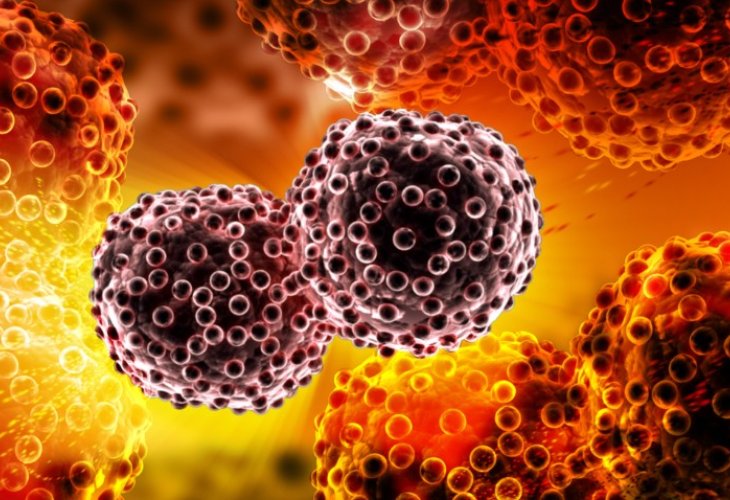Yes, Cancer Diagnosis Can Be a Mistake
How can someone receive chemotherapy treatments, only to find out they never had cancer? On cancer diagnosis errors and how to prevent them.

Recently, the story of an Israeli singer and actor who was diagnosed with lymphoma cancer made headlines. After already undergoing chemotherapy treatments, he was supposed to begin treatment at another hospital. During the transition, his diagnosis was re-evaluated, and he received news he could hardly believe: the doctors informed him that he did not, and never had, cancer.
How can such a mistake occur? It turns out it's not as rare as one might think. In most cases, a cancer diagnosis is made based on a biopsy—a sample taken from the tumor, analyzed by a pathologist in a lab. But not every pathologist is always correct. A study conducted in the United States deeply examined tumor samples from 6,000 Americans diagnosed with cancer. The result: one in every 71 diagnoses was incorrect, and the tumor was not malignant. When it came to accurately classifying the cancer—a crucial piece of information for determining a treatment plan—the situation was even more dismal: nearly one in five biopsies failed to identify the exact cancer type or the correct stage of the disease.
While errors can happen in any type of biopsy, they are especially common in biopsies of the skin, prostate, breast, and female reproductive systems. "We're still diagnosing more or less like we did fifty years ago," explains Dr. Leonard Zwelling from the Anderson Cancer Center in Maryland. "A pathologist looks at a piece of tumor on a slide." Many pathologists simply have not specialized in the type of cancer they are attempting to diagnose.

This is what happened to an American patient who was already rushed into surgery for prostate removal—only for the department to receive an urgent call from pathology at the last moment: a mistake, no cancer. The first pathologist saw many signs of classic prostate cancer in the biopsy, including a small group of cells stuck together. But other pathologists—experts in prostate cancer—looked closer at these cells and found them harmless.
This is, of course, the optimistic scenario. In the worse scenario, the patient is already undergoing grueling treatments before discovering they are actually healthy. Such as the widely covered story from about two years ago of an American woman who underwent a mastectomy—only to find out the tumor that started it all was completely benign.
Other unfortunate scenarios are those where the mistake is reversed: the patient hears there is no cancer, when in fact, they are ill. Sometimes the misdiagnosis is clinical: the doctor is sure the patient has a harmless disease, while in fact, the symptoms indicate cancer. But in other cases, a biopsy is performed that rules out malignancy, yet later, cancer is discovered. Such mistakes are less common when the biopsy is conducted on the entire tumor removed surgically, and more common with a biopsy that takes a tiny sample from the tumor.
The conclusion? "A lot of experience and good technology are needed to get an accurate diagnosis," says Dr. Zwelling. In other words, it is always advisable to get a second opinion from a real expert in the field. It can save lives—or spare the patient significant and unnecessary suffering.

